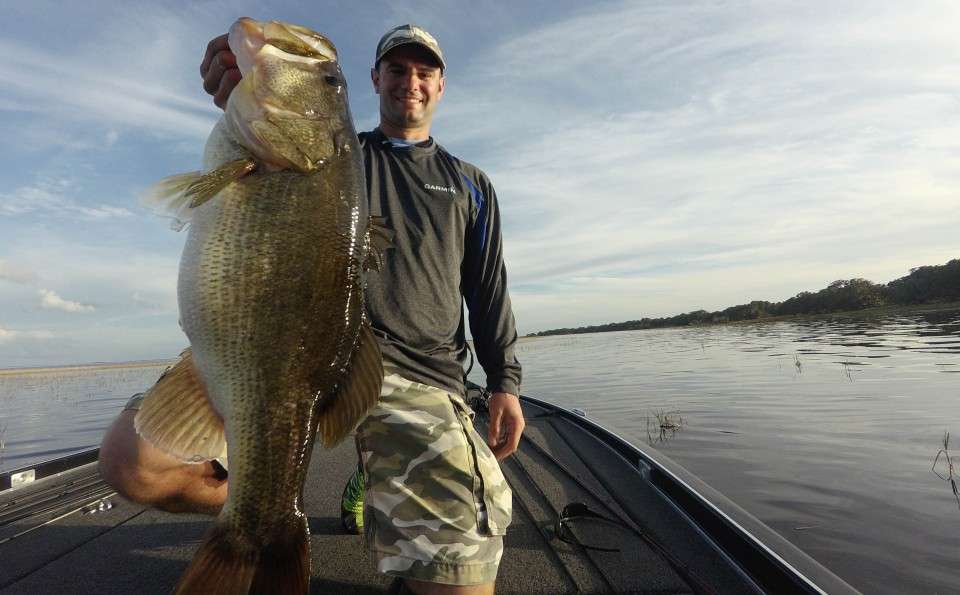
One question that I get asked a lot is how to fish a drop shot. It seems like a lot of anglers think it’s only about marking fish with your SONAR and then dropping a small plastic lure straight down underneath the boat.
I think my experience learning the drop shot will dispel that thinking and, at the same time, give everyone a few tips when it comes to learning a new technique.
When I wanted to learn about the drop shot I didn’t know a thing about it, not even how to tie one. I fixed that by watching video clips on the Internet. Then I went out on a lake full of bass tied one up. After that I started fishing it.
The videos were a guide but I didn’t let them control my thinking. I respect other anglers. Many of them know more than I do about some things. But I’m me, not them. I have to do things my way. Otherwise they might not work for me when it counts.
I didn’t just drop my rig straight down. I made lots of casts and did all sorts of things with my drop shot rig until I was satisfied I knew what I needed to know about it. I used every kind of line you can imagine. I also swapped sinkers, hooks and plastics endlessly. It paid off in the end. I can fish the drop shot now, and I’m not confined to the way “everyone” does it. I’m only confined by me.
If you’d like to learn something new this spring I respectfully recommend you follow the same pattern.
Start by finding a lake that is full of bass that will bite almost anything, and make sure you’re in the right season for your new venture. They don’t have to be big bass, or even legal size ones. All you need is a bunch of bass that will bite. For most lures and techniques a neglected farm pond will do just fine.
There are two reasons you need a hot bite. You’ll get discouraged quickly if you don’t catch fish, and it’s hard to learn if you aren’t catching them. It’s impossible to know what’s working and what isn’t.
Next, get a little information from the Internet about what you want to do. Not too much, just enough to get you started. From there you should be able to handle things yourself. Don’t let anybody tell you — not even an Elite Series angler — that something won’t work. Find out for yourself.
What I just said applies to everything about your new technique or lure — size, color, rod, reel, line, hooks and anything else that’s involved. Learn your own lessons and make your own decisions. Your bass fishing is about what works for you. It’s not about what works for me.
Up to this point I haven’t mentioned anything about knots. They are a part of this process.
Find the knot that works for you with your new technique. We all have our favorites and we often recommend them to other anglers. However, that doesn’t mean there aren’t lots of other good ones out there that’ll work very well if they’re tied correctly.
Once you have all of this in place, fish your new technique every chance you can until it becomes second nature. That’s when you can honestly say you’ve expanded your fishing skills.

